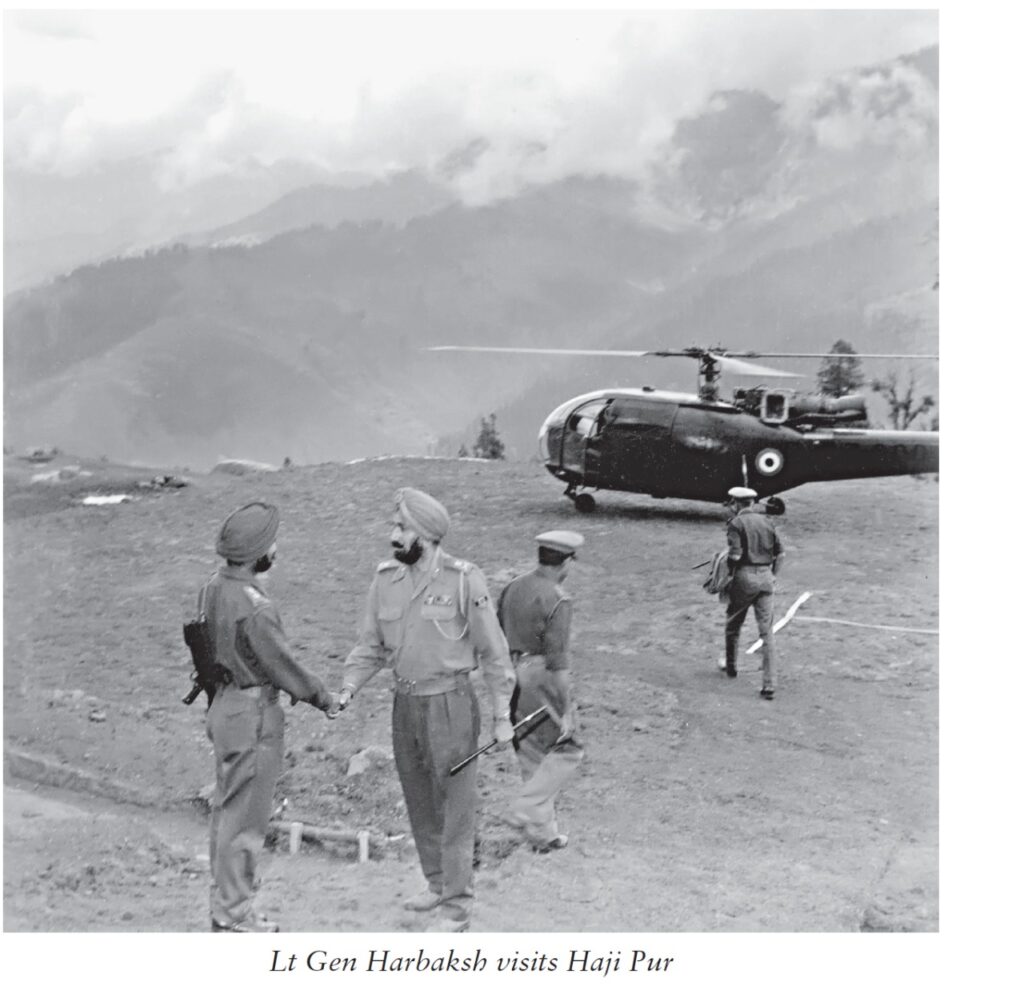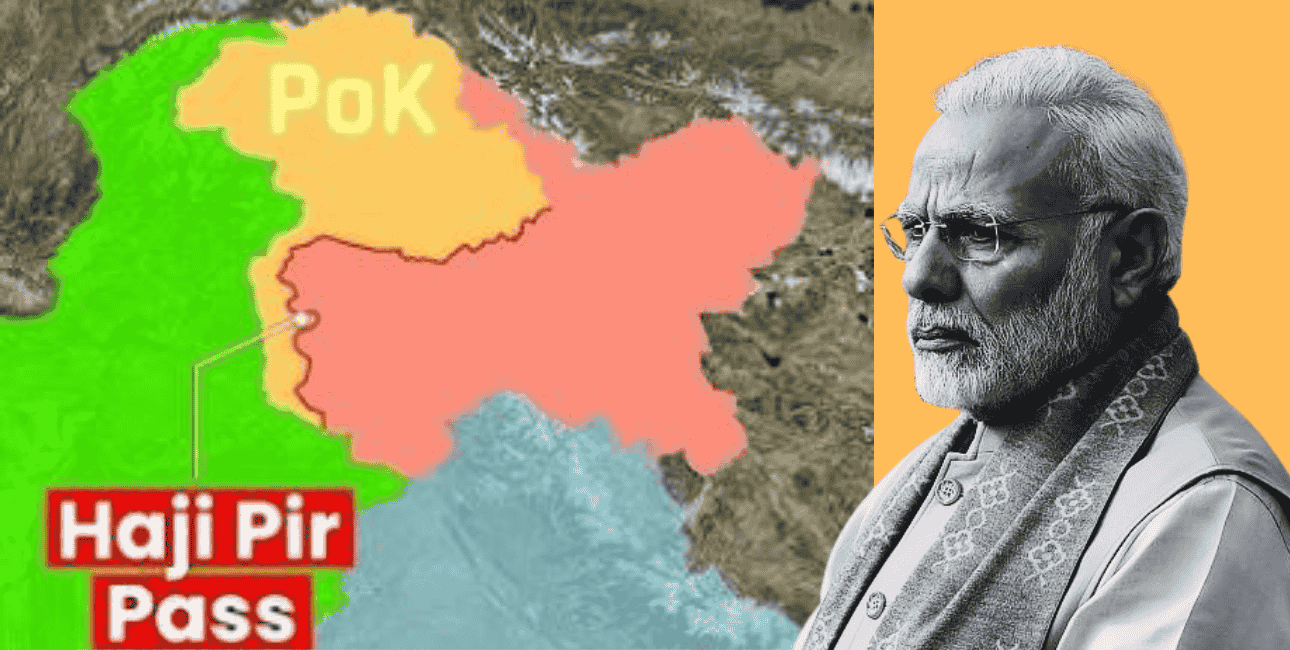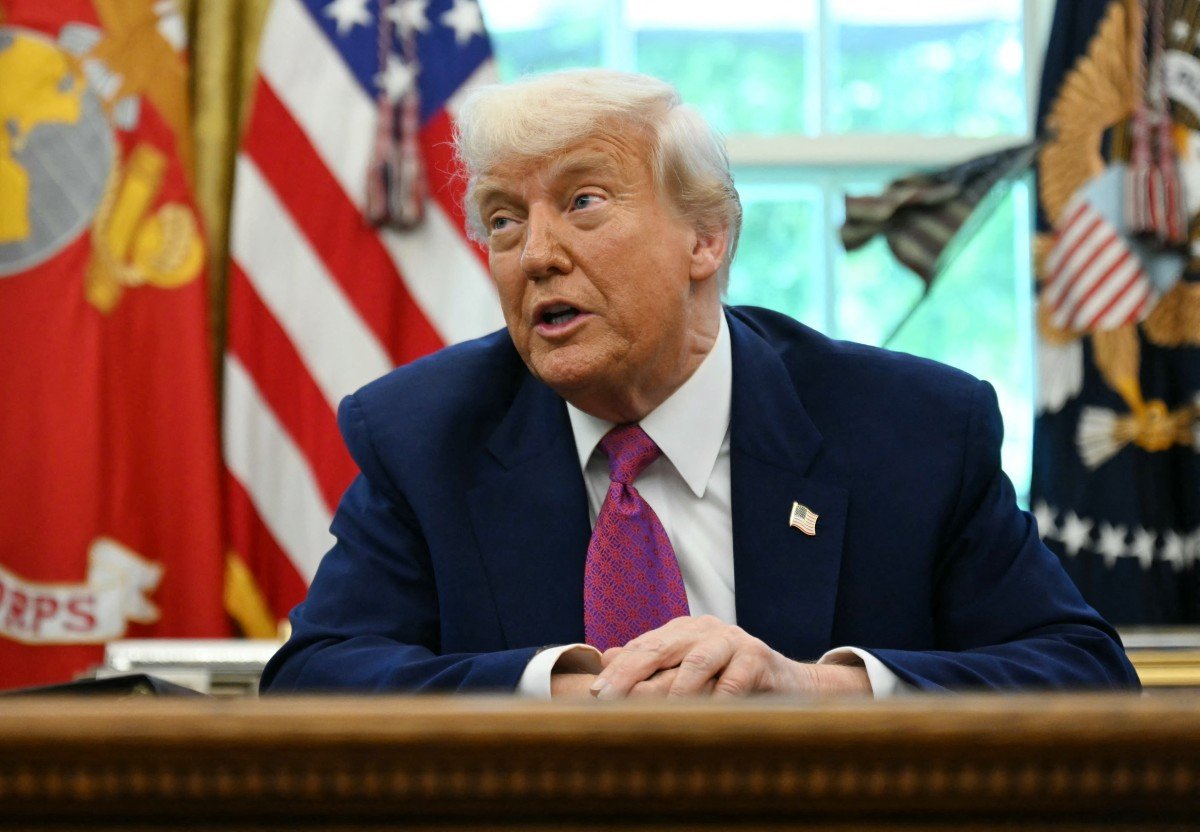The Bible tells us that ‘the sins of the fathers are visited upon the children.’ In the wake of the recent terror attack in Jammu and Kashmir’s Pahalgam, this prophetic warning has come to remind Indians of their ‘historical mistake’ of ‘epic proportions’ 60 years ago, when New Delhi squandered on the negotiating table, the hard-fought battlefield victories in the strategic ‘Haji Pir Pass.’
The Haji Pir Pass, located in the formidable Pir Panjal range, connects Poonch in Jammu & Kashmir to Rawalakot in Pakistan-occupied Kashmir (PoK).
Situated at the commanding height of 2,637 meters (8,652 feet), the strategic pass overlooks the PoK valley and today serves as one of the main infiltration routes for Pakistani terrorists in the Kashmir valley.
India could have denied Pakistan its main infiltration route in J&K by keeping the Haji Pir Pass, substantially reducing Islamabad’s ability to foment trouble in India’s Jammu & Kashmir.
The Haji Pir Pass held other advantages for India: It significantly shortened the road distance between Poonch and Uri, from 282 km to 56 km, and would have provided India better connectivity between Jammu and Kashmir valley, improving military logistics and trade.
Before partition, the main road connecting Jammu valley with the Kashmir valley passed through Haji Pir. However, this route became unusable as Pakistan captured PoK including Haji Pir Pass in 1948.
The strategic Pass would also have provided India with easy access to much of the PoK, continuously reminding Pakistan of its precarious position there.
However, showing a tremendous lack of foresight, India squandered its battlefield gains at the negotiating table despite holding a stronger bargaining position and returned the Haji Pir Pass to Islamabad.
That ‘Original Sin,’ is still haunting India after three generations, and Pakistan continues to bleed India through a thousand cuts by using Haji Pir Pass for infiltration and terrorism in Kashmir.

Reviewing the lessons from the 1965 India-Pakistan War, Lieutenant General D B Shekatkar (retd) once remarked: “A lesson we need to learn is that if you start losing the gains of war at the negotiating table, they become a disincentive for future wars.”
As Lt Gen Shekatkar predicted, the foolish return of Haji Pir Pass at the negotiating table became a disincentive for India in future wars.
New Delhi failed to correct the historical wrong first in the 1971 war when India had a decisive upper hand, and again in the 1999 Kargil war, when the Indian armed forces had the battlefield initiative and momentum in their favor.
How India Went Deep Inside Enemy Territory To Capture Haji Pir Pass
Buoyed by the success of the 1948 India-Pakistan war, where Islamabad was able to capture nearly one-third of Kashmir, and India’s humiliating defeat in the 1962 Indo-China war, Pakistan once again thought of capturing the whole of Kashmir in 1965.
In August of that year, Pakistan’s President, Ayub Khan, sanctioned Operation Gibraltar to clandestinely infiltrate a large number of guerrillas into Kashmir to destabilize the region and eventually capture it with the help of the Pakistan Army.
Interestingly, President Ayub was hoping for a spectacular and swift victory. As he wrote while approving Operation Gibraltar: “As a general rule, Hindu morale would not stand more than a couple of blows delivered at the right time and place. Such opportunities should, therefore, be sought and exploited.”
However, contrary to what President Ayub expected, the local population of Kashmir did not rebel against India. By mid-August, India warned Pakistan that if infiltration does not stop, India will take the “fight to the other side.”
On 15 August 1965, the Indian Army crossed the Ceasefire Line (CFL) and captured three hills. A decision was also taken to capture the Haji Pir Bulge, as it was the main infiltration route used by Pakistan. The operation was codenamed Operation Bakshi.
Haji Pir Pass was dominated by the hill features of Bedori (3760m) on the east, Sank (2895m) on the west and Ledwali Gali (3140m) to the South-West, all of which required capture before tackling Haji Pir Pass. Bedori was approximately 14 km southeast of Uri and Haji Pir Pass, a further 10 km beyond Bedori.

The task of capturing Haji Pir Pass was given to 19 Infantry Division commanded by Major General SS Kalaan and the Corps reserve of 68 Infantry Brigade commanded by Brigadier ZC Bakshi.
On August 21, Brigadier Bakshi briefed his officers: “Gentleman, since 1947 we have been cribbing that government does not allow us to attack, go into offensive but this time, we have been given a clear mandate to capture Haji Pir at any cost. Where I say at any cost, a civilian may mean 100 per cent casualties, but I, as an Infantryman, say only when you have had 40 per cent casualties, come back to me; otherwise, press home.”
On August 26, 1 Para battalion moved towards Sank. They had to climb steep terrain under heavy rain. Pakistan’s positions were well defended. After capturing Sank, the Indian Army pressed further on Ledwali Gali, capturing it the next day.
The plan was to capture Bedori next. However, Brigadier Bakshi understood that by now Pakistan would have realized that Indians were pressing for Haji Pir Pass. So, he took a unilateral decision to go in straight for Haji Pir Pass.
Giving the task to Major Ranjit Singh Dayal, Brigadier Bakshi said: “If you win Haji Pir you will be a hero but if you can’t I will be arrested for taking a unilateral decision.”
Major Ranjit Singh Dayal trekked the whole night of August 27 in heavy rain and captured Haji Pir Pass on August 28, despite heavy odds. Pakistan tried to recapture the strategic pass on August 29, but Indian forces repelled those attacks.
A Historic Mistake Of ‘Epic Proportions’
What Pakistan could not win on the battlefield, it won at the negotiating table.
The Tashkent Agreement, signed on January 10, 1966, entailed the withdrawal of Indian and Pakistani forces to positions that existed before August 5, 1965. This status quo ante also included the return of the bravely fought Haji Pir Pass captured with considerable grit and determination.
Notably, India had captured 1,920 sq km of Pakistani territory, mainly the fertile land of Sialkot, Lahore, and Kashmir sectors, including the strategic Haji Pir Pass.
Pakistan had 550 sq km of Indian territory, mainly in the deserts opposite its Sindh province, and Chhamb in Akhnoor. Yet, despite holding almost four times more Pakistani land including in strategic areas like Haji Pir Pass and near Lahore, India did not get any advantages in Tashkent agreement.
The Hero of capture of Haji Pir, Lt Gen Ranjit Singh Dyal, awarded Maha Vir Chakra for his bravery and leadership in the operation, said in an interview in 2002, “The pass would have given India a definite strategic advantage … It was a mistake to hand it back… our people don’t read maps.”
Commenting on the Tashkent Agreement, Lieutenant General Dr D B Shekatkar told Rediff: “We don’t know what the reasons were that we gave back the Haji Pir Pass which was strategically very important. Today, the entire infiltration into Kashmir takes place from that area. If we had retained the post that we had captured, things could have been different. Haji Pir was given to Pakistan because of the Indian government’s magnanimity.”

He also warned that losing the gains of war at the negotiating table becomes a disincentive for future wars. His warning was proved correct in 1971 when India once again lost the Chhamb sector, which Pakistan had occupied in the 1965 war but vacated as per the terms of the Tashkent agreement. However, India did not retake Haji Pir Pass.
Also, once again, despite having 93,000 Pakistani PoWs, India failed to press Pakistan to vacate the Chhamb sector. So effectively, while India won and returned Haji Pir Pass in 1965, Pakistan still occupies the Chhamb sector.
Pakistan has continuously used this same Haji Pir Pass for infiltration in India and supporting terrorism in Kashmir.
Regretting the Indian government’s mistake in 1965, India’s Defense Minister Rajnath Singh said in January this year that after the 1965 war with Pakistan, had the Indian government converted the “strategic advances” gained by military into “strategic advantages” on the negotiating table, the problem of cross-border infiltration would have been solved.
Speaking in Jammu’s Akhnoor at a function to mark Armed Forces Veterans Day on January 14, Rajnath said Indian forces had succeeded in unfurling the Tricolour at Haji Pir in 1965, and “if it was not returned to the negotiation table, the infiltration routes of militants could have been closed.”
India lost two historic opportunities in 1971 and 1999 to retake the Haji Pir Pass and permanently shut Pakistan’s main infiltration route into Kashmir. However, time has now come to correct this historical mistake and punish Pakistan for aiding terrorism in India by once again recapturing the Haji Pir Pass.
In the wake of the latest terror attack, one thing is clear. For addressing a critical security lacuna in Kashmir, India must wrest back the control of its strategic Crimea (Haji Pir Pass) that New Delhi gifted to Islamabad in 1966. Just like the Soviet Union gifted Crimea to Ukraine in 1954, India gifted Haji Pir Pass to Pakistan in 1966. The time has come to correct that historical wrong.
India must get its Crimea back!
- Sumit Ahlawat has over a decade of experience in news media. He has worked with Press Trust of India, Times Now, Zee News, Economic Times, and Microsoft News. He holds a Master’s Degree in International Media and Modern History from the University of Sheffield, UK.
- VIEWS PERSONAL OF THE AUTHOR.
- He can be reached at ahlawat.sumit85 (at) gmail.com







